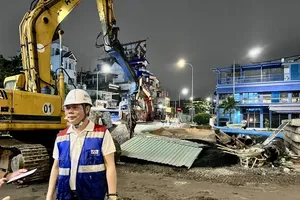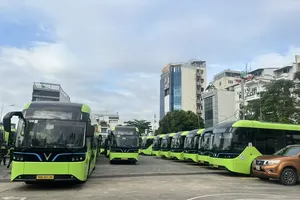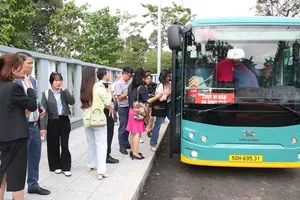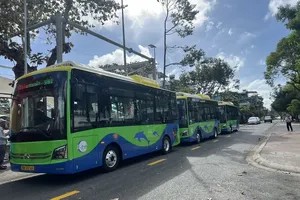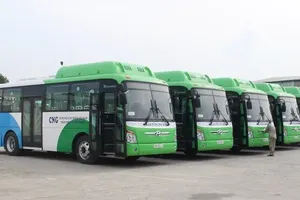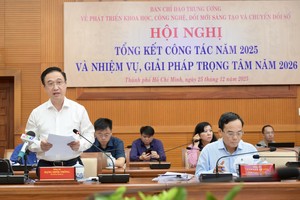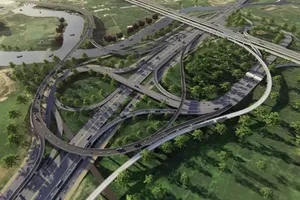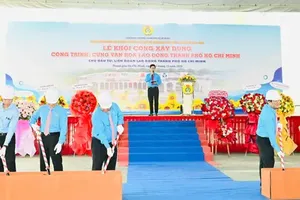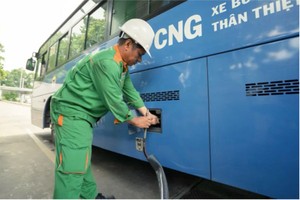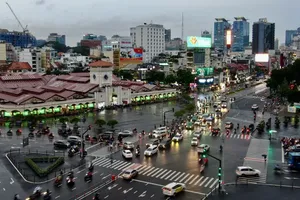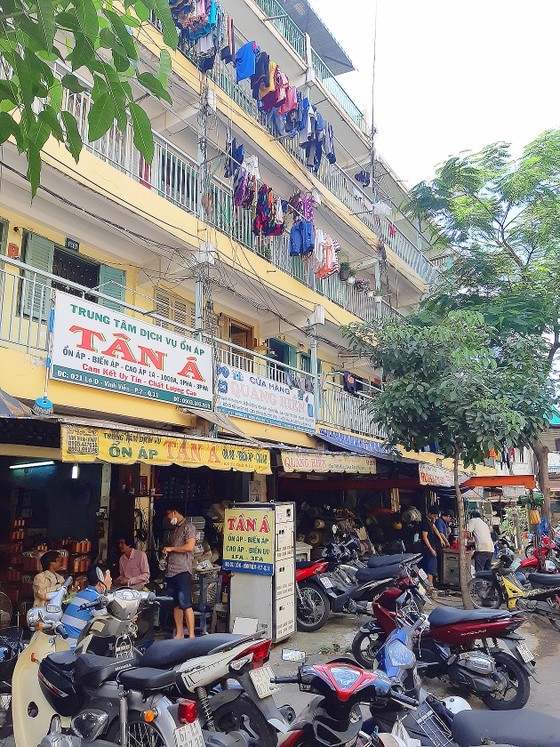 An old three-decker building in HCMC
An old three-decker building in HCMC
According to statistics, HCMC currently has 463 apartment buildings in disrepair and in urgent need of renovation. Of these, 15 buildings are ranked as grade D or severely degraded while 116 ones are graded C and 332 are graded B.
Thousands of occupants in these old buildings are fearful as they are exposed to potentially life-threatening hazards. Deputy Head of the Urban Management Research Department under the Ho Chi Minh City Institute for Development Studies Pham Tran Hai warned of the deterioration of the structure of old buildings in addition to the moist sanitary environment and free construction of each apartment. Therefore, he suggested that D-graded buildings should be urgently knocked down and give way to the new buildings to ensure the safety of occupants while B and C-graded buildings should be renovated.
However, the renovation of old apartment buildings is currently facing difficulties because businesses are not interested in this because the costs are huge but the benefits are not high; moreover, apartment buildings in urban areas are not allowed to have many floors. For example, although Truc Giang flat building in HCMC’s District 4 is falling into ruin, residents in the building have moved to other places for a long time but no investors agreed to build the building because of the low return on investment - a convenient tool to compare the benefit of an investment with the cost of the investment.
Other flat buildings such as 155-157 Bui Vien Street in District 1, 6Bis Nguyen Tat Thanh Street in District 4, 440 Tran Hung Dao Street in District 5, 119B Tan Hoa Dong Street in District 6, 137 Ly Thuong Kiet Street and 149-151 Ly Thuong Kiet Street in Tan Binh District suffered the same fate when no investors eye these buildings even though they are located in the inner city.
According to Associate Professor Nguyen Minh Hoa, Vice Chairman of the Ho Chi Minh City Planning Association, the demolition of an old building to build a new one relates to the extremely complicated relationship between the government, investors and residents. City governments just can give support in terms of legal procedures and policy.
Through inspection by the authorities, most of the old, seriously degraded buildings in the city were built before 1975 with low-rise structures, small apartments, and a lack of amenities. However, most of them are located in central districts, near major roads, near markets and schools, so investors can’t build so many floors. This is the biggest bottleneck that the government and investors are facing.
Mr. Hoa proposed that it is time for the government to approve investors to build with a number of floors 3-4 times higher than the old ones. Thus, in addition to the number of apartments refunded to occupants in old buildings, the number of commercial apartments is redundant, ensuring profitable business investors, and residents are settled safely.
According to Ms. Doan Diep Thuy Duong, lecturer at the Ho Chi Minh City-based University of Social Sciences and Humanities’ Faculty of Urban Studies said that there should be solutions to generate capital from many sources, not only depending on investors. Accordingly, it is necessary to review the terms for people to contribute capital because the renovation of old buildings is to help improve people's living conditions.
The issue of compensation and site clearance is always a source of conflict between the government, investors and residents, so creating conditions for people to contribute capital will help them be more responsible for their dilapidated apartments. At that time, the government just play as an observer in creating mechanisms and policies to attract investment, formulation of a comprehensive and synchronous land use planning, connecting and regulating, and sharing benefits among stakeholders.

